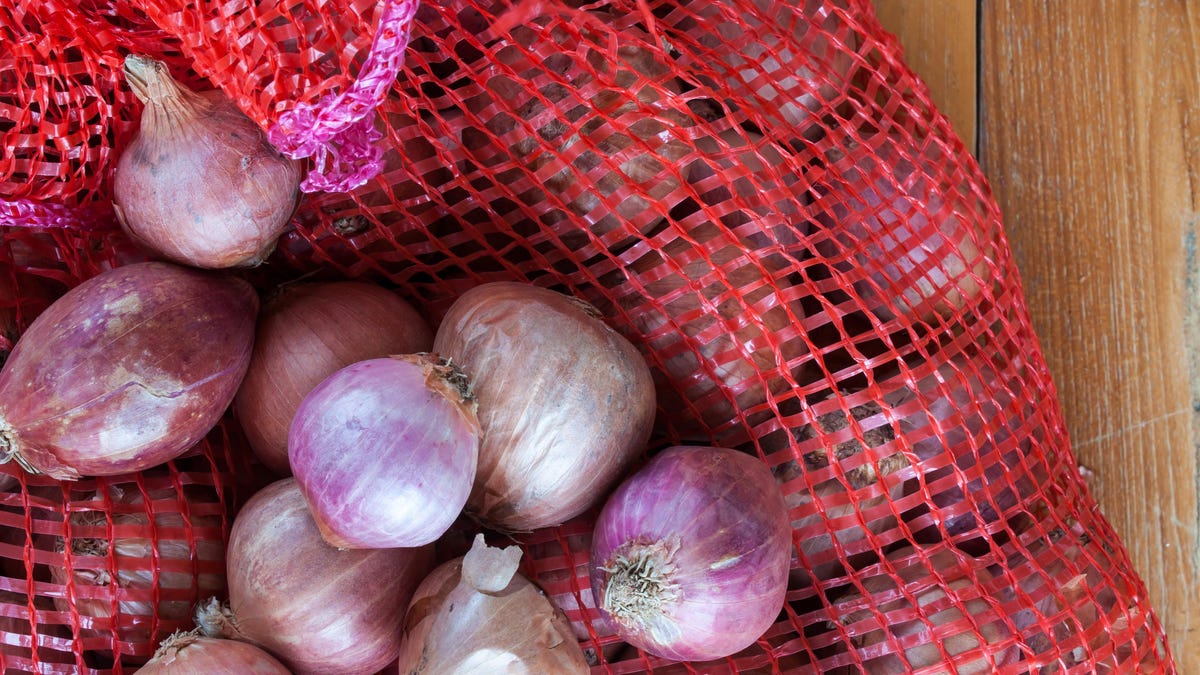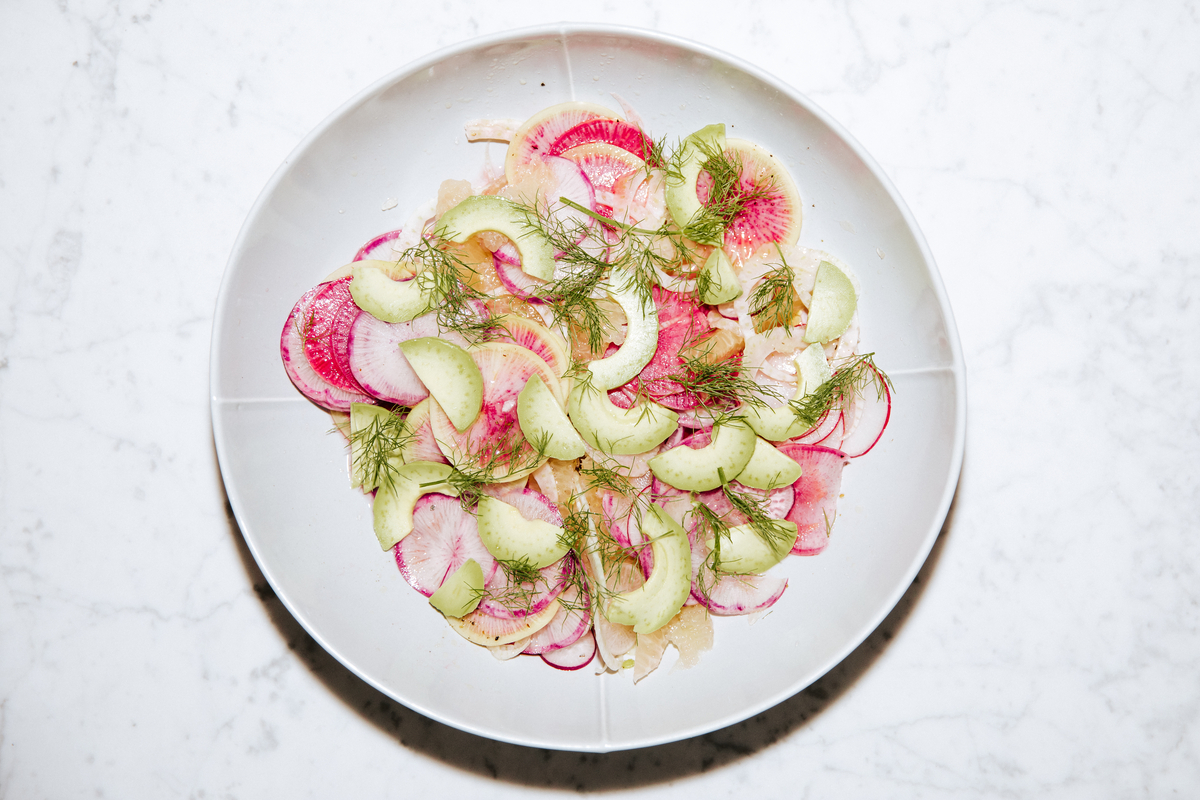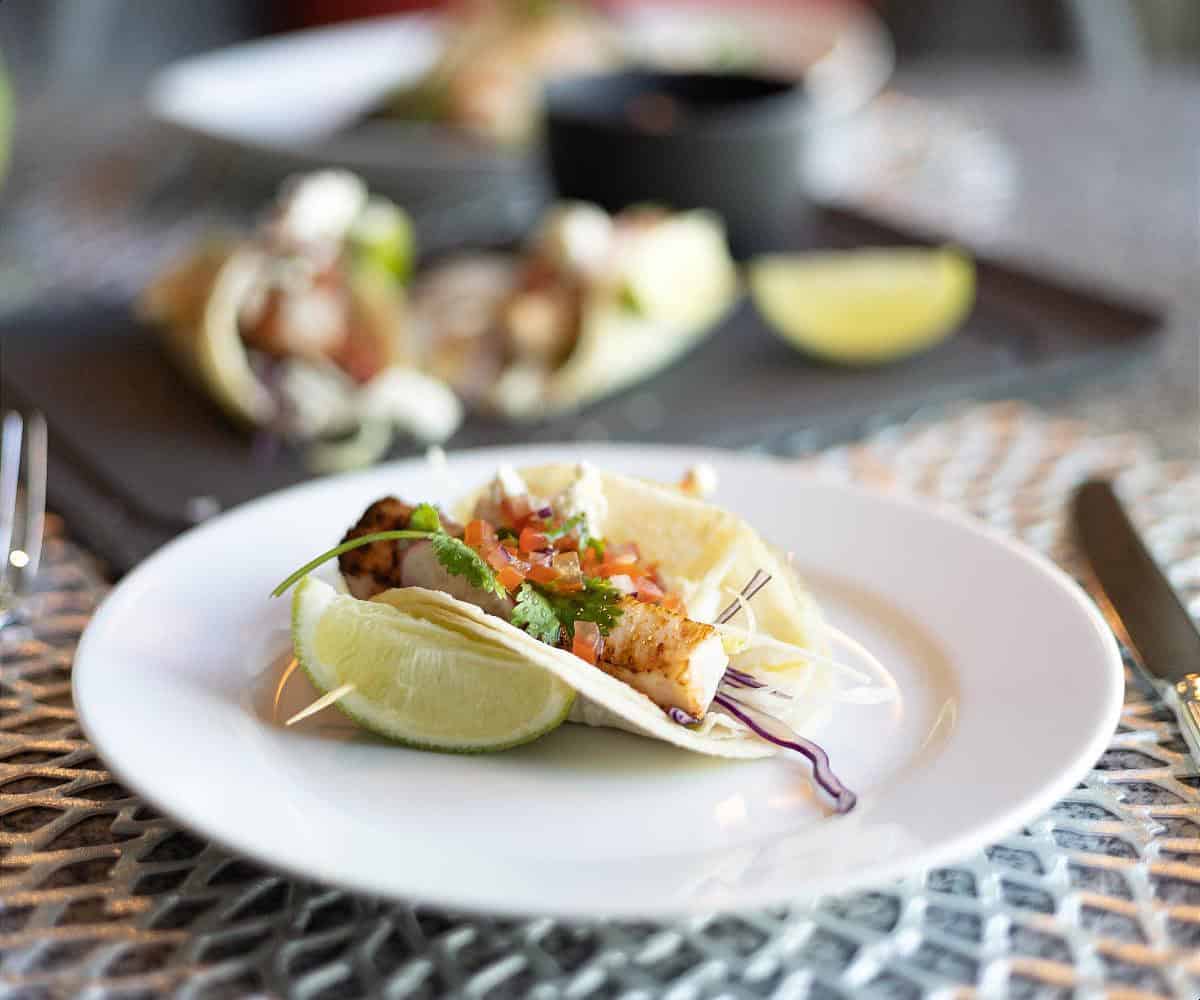Don't Throw Away Your Mesh Produce Bags
In a perfect world, we’d all eat seasonally available local produce that we’ve purchased directly from farmers (or farmers’ markets). But that’s not an option for everyone (especially since there are entire neighborhoods that don’t have access to affordable...


Photo: photosthai (Shutterstock)
In a perfect world, we’d all eat seasonally available local produce that we’ve purchased directly from farmers (or farmers’ markets). But that’s not an option for everyone (especially since there are entire neighborhoods that don’t have access to affordable fruits and vegetables).
So instead, we buy vegetables at the grocery store, and some of them—like onions and potatoes—often come in reddish-orange mesh plastic bags. And while you may be tempted to toss that bag when you’re out of spuds, you should hang onto it instead. Here’s why.
How to reuse mesh produce bags
Although your mesh produce bags can serve multiple purposes once they’re done toting tubers, we’ll start with using it as a surprisingly effective scrubber. This tip comes courtesy of @byjillee on Instagram:
In the video, home and garden blogger Jillee balls up a mesh bag that once held onions, and uses it to clean and season a cast iron skillet, before throwing it away. But depending on how dirty and/or damaged the bag gets from all the scrubbing, you can always rinse it and reuse it.
One way to do that is to wrap part of the bag around a new kitchen sponge, then tying each end (or securing it with a rubber band), and cutting the bag to size. This tip comes from Hunker, where they also point out that once you add some dish soap, you’ll have an upgraded sponge for all your scrubbing needs.
Kitchen cleaning aside, other ways to reuse mesh produce bags include:
Lining the bottom of plant pots and containers to keep soil from escaping through drainage holes.Using two suction cups to attach the bag to the bathtub to function as storage for kids’ bath toys. It’ll keep them all in one location and give them the chance to drain and dry, instead of getting moldy. Tying them around fruits and vegetables you’re growing in an outdoor garden to protect them from hungry birds and other animals.
 Konoly
Konoly 
































